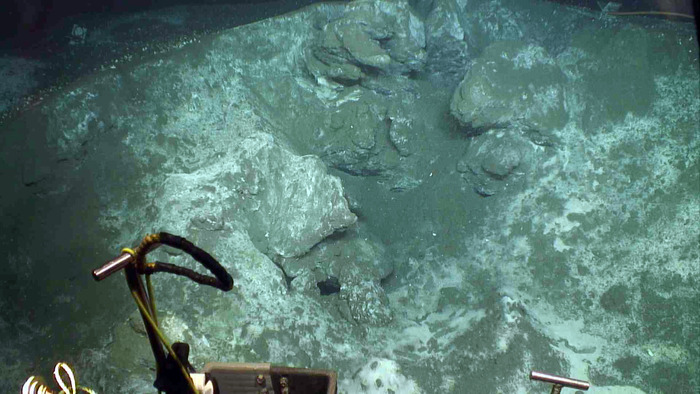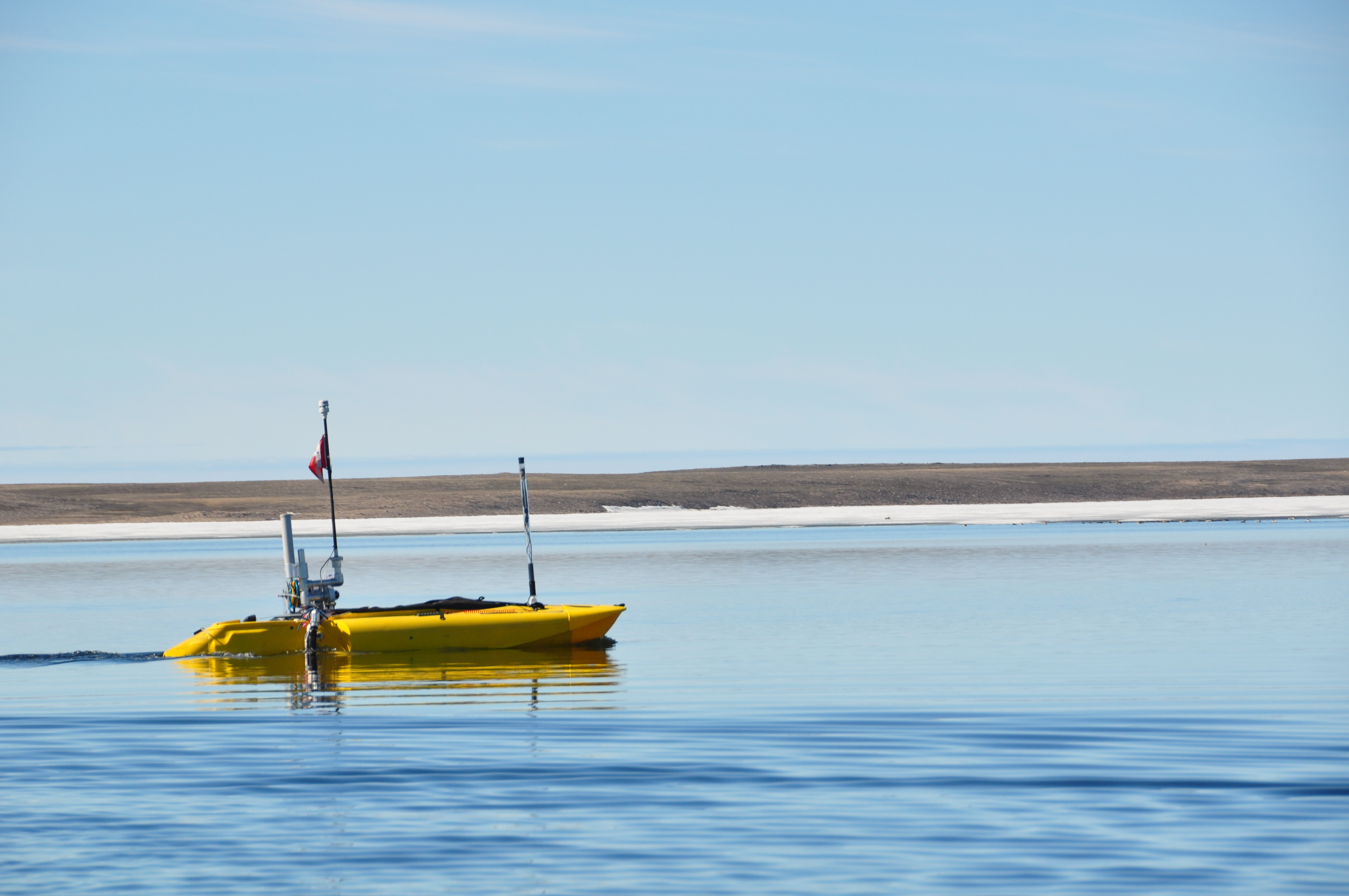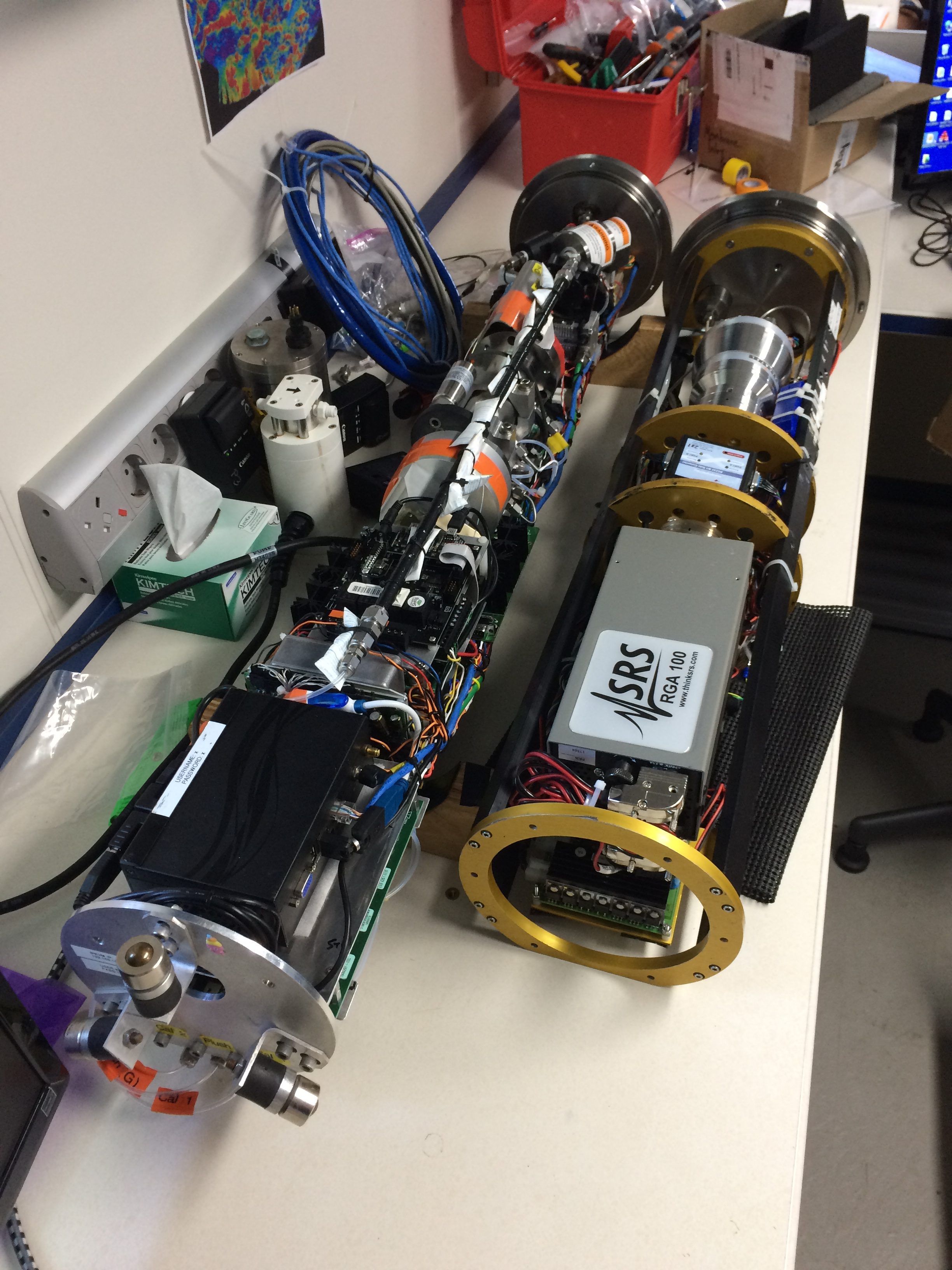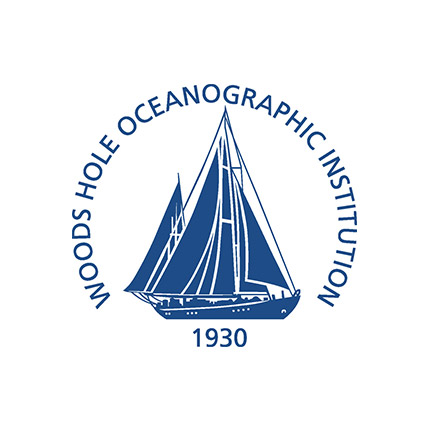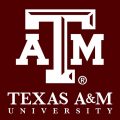While methane may not be the best known greenhouse gas, it nevertheless greatly impacts the climate system of our planet. Seafloor methane emissions have been documented for several decades, with newer evidence suggesting that methane bubble plumes from the deep sea are far more numerous than previously assumed. However, the physical, chemical and biological processes that dictate exactly how this methane is transferred into the ocean, or in some cases possibly even directly into the shallow ocean and atmosphere, remain challenging to understand.
This multidisciplinary cruise led by Drs. Scott Wankel and Anna Michel of Woods Hole Oceanographic Institution will utilize novel instruments and techniques to better understand the processes responsible for the transfer of methane from the seafloor: first into the ocean waters, and in some circumstances possibly into the shallow ocean and overlying atmosphere. The resulting methane transfer model will inform our understanding of global climate in the present, as well as our interpretation of historical climate data from the geological record.
Unprecedented Data Integration
The Southern Hydrate Ridge in the Northeastern Pacific Ocean off the coast of Oregon has been well documented as a site of seafloor methane bubble emission. The main bubbling site known as Einstein’s Grotto, boasts various bubble plumes that rise several hundred meters off the seafloor. Recently, the grotto has been made home to a suite of seafloor sensors as a federally-funded ocean observatory, providing the foundation for a truly exceptional multidisciplinary investigation of these bubble plumes.
While the site has been well documented for over a decade, this month-long expedition represents the first multi-disciplinary and in situ assessment of physical, chemical, and isotopic changes of rising seafloor bubble plumes. Because so many diverse processes affect the rate of methane released from the seafloor, a diverse team using a wide range of instruments and technologies is required to arrive at an accurate understanding of methane transfer and turnover in the ocean.
Cutting-Edge Bubble-Measuring Technology
Research on this expedition will focus on in situ imaging, collection, and analysis of rising methane bubbles and examination of the surrounding microbial and macrofaunal biological communities. Remotely Operated Vehicle (ROV) SuBastian will be spending as much time in the water as possible, sporting a range of newly developed instruments. A high-resolution deep-sea stereo camera system will closely examine and measure the size, path, and rise speed of the bubbles. The science team from Texas A&M will also look at the skins of methane hydrate around the bubbles in the deep sea environment.
Drs. Scott Wankel and Peter Girguis (Harvard) have developed an innovative in situ mass spectrometer (ISMS) that measures gas concentrations. The ISMS will be coupled to a discrete bubble capture system to examine bubbles while underwater at various depths. The ISMS will be used in concert with laser spectrometers developed in collaboration with Dr. Anna Michel for isotopic analyses. The expedition will also provide an opportunity to test and refine an instrumented seafloor lander, the ABISS, that will also be used on future Falkor expeditions. The lander will help enable a more comprehensive characterization of methane dynamics in the deep sea. Additionally, the ChemYak, an autonomous surface vehicle outfit with a suite of chemical sensors, will be utilized for surface water analysis, examining the distribution of methane in the surface ocean above bubble sites. Finally, investigation of sediment hosted biogeochemical processes, microbial diversity and macrofaunal biological communities will also help to shed light on the fate of methane release from the ocean deep. Outcomes of this technology-based expedition will span the fields of chemistry, physics, and biology; increase our understanding of the influence of the deep sea on the Earth’s climate; and support technological innovation in deep-sea research.
Data & Publications
Map of EM710 Bathymetry, Backscatter, and Navigation can be viewed here. Data processed by UNH in partnership with SOI.
Map of EM302 Bathymetry, Backscatter, and Navigation data (combined with data from Adaptive Robotics at Barkley Canyon and Hydrate Ridge cruise) can be viewed here. Data processed by UNH in partnership with SOI.
The resulting shipboard dataset is being archived at Rolling Deck to Repository and is now available.
Backscatter, Bathymetry, Sidescan, CTD, and ROV documentation is archived at MGDS and is now available.
Methane Concentrations, Temperature, Salinity, and other metadata collected by the ChemYak are archived at the Woods Hole Open Access Server.
ADCP data is curated and processed by University of Hawaii.
- Michel, A. (2019). Laser-based Sensing in Aqueous Environments. Invited Seminar at Wellesley College, Wellesley, MA, USA.
- Johnson, A., Michel, A., and S. Wankel. (2019). Development of a Novel Deep-sea in situ Bubble Sampling Instrument: SeaBAT. Poster Presentation at Oceans 2019 Conference, Marseille, France.
- Oldham, V., et. al. (2019). Dissolved and Solid-phase Fe and Mn Speciation in Marine Sediments. Oral Presentation at Goldschmidt Meeting, Barcelona, Spain.
- Oldham, V., et. al. (2019). On the Origin of Species: Why Mn Speciation Matters. Invited Seminar at University of Rhode Island, Narragansett, RI, USA.
- Johnson, A. (2019). Development of a Deep-sea in situ Bubble Sampling Insturment. MS Thesis, MIT-WHOI Joint Program, MA, USA.
- Preston, V. (2019). Adaptive Sampling of Transient Environmental Phenomenon with Autonomous Mobile Platforms. MS Thesis, MIT-WHOI Joint Program, MA, USA.
- Michel, A., Preston, P., Fauria, V., and Nicholson, D. (2021). Observations of Shallow Methane Bubble Emissions from Cascadia Margin. Front. In Earth Sci., 9, 285, doi: 10.3389/feart.2021.613234. [This article is published as OPEN ACCESS].
- Baker, I., and Girguis, P. (2024). Sulfur cycling likely obscures dynamic biologically-driven iron redox cycling in contemporary methane seep environments. Environmental microbiology reports, 16 (3), doi: 10.1111/1758-2229.13263. [This article has been published as OPEN ACCESS, with support from SOI].
